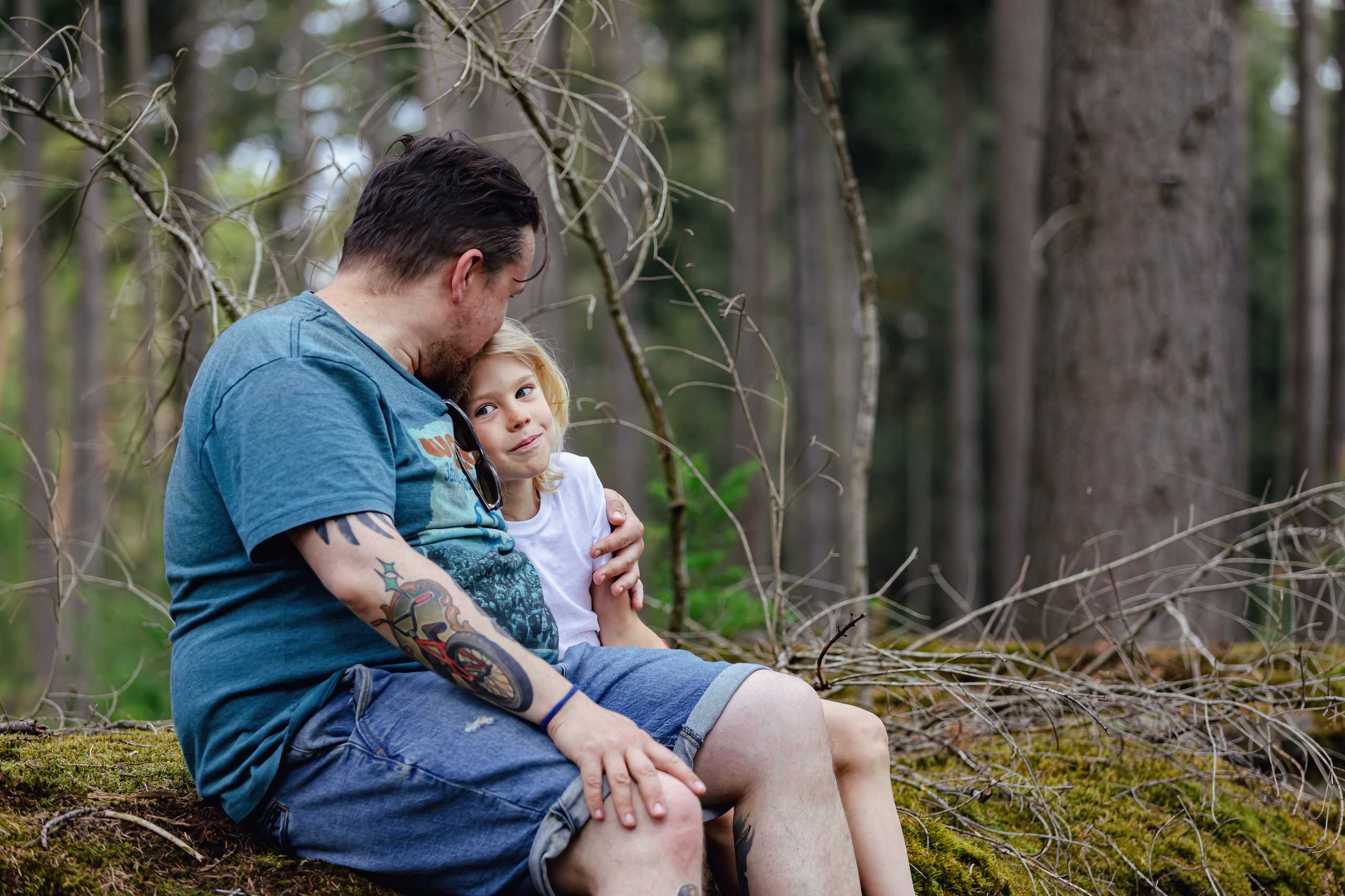Every family has its own rhythm — a unique way of expressing care, setting boundaries, and sharing emotions. Yet often, misunderstandings arise not because of what we say, but how we say it. The hidden language of tone, timing, and emotion shapes the atmosphere in our homes more than words themselves.
When a parent sighs after a long day, a child might interpret it as frustration rather than fatigue. When a partner stays silent, it can feel like distance instead of reflection. Recognizing these invisible cues allows us to respond with empathy instead of defensiveness. Communication becomes art when awareness replaces assumption.
To understand this hidden language, start small:
- Observe not only words but expressions and pauses.
- Listen to emotional undertones rather than literal meaning.
- Replace quick reactions with calm curiosity.
The truth is, families don’t need perfect speech — they need presence. Each conversation is a brushstroke that paints the emotional landscape of home life. By tuning into what lies beneath the surface, we learn that real dialogue begins long before words are spoken.
Harmony isn’t found in speaking more; it’s found in listening deeper. When we slow down and notice each other, the home becomes a place not of correction, but of connection.

